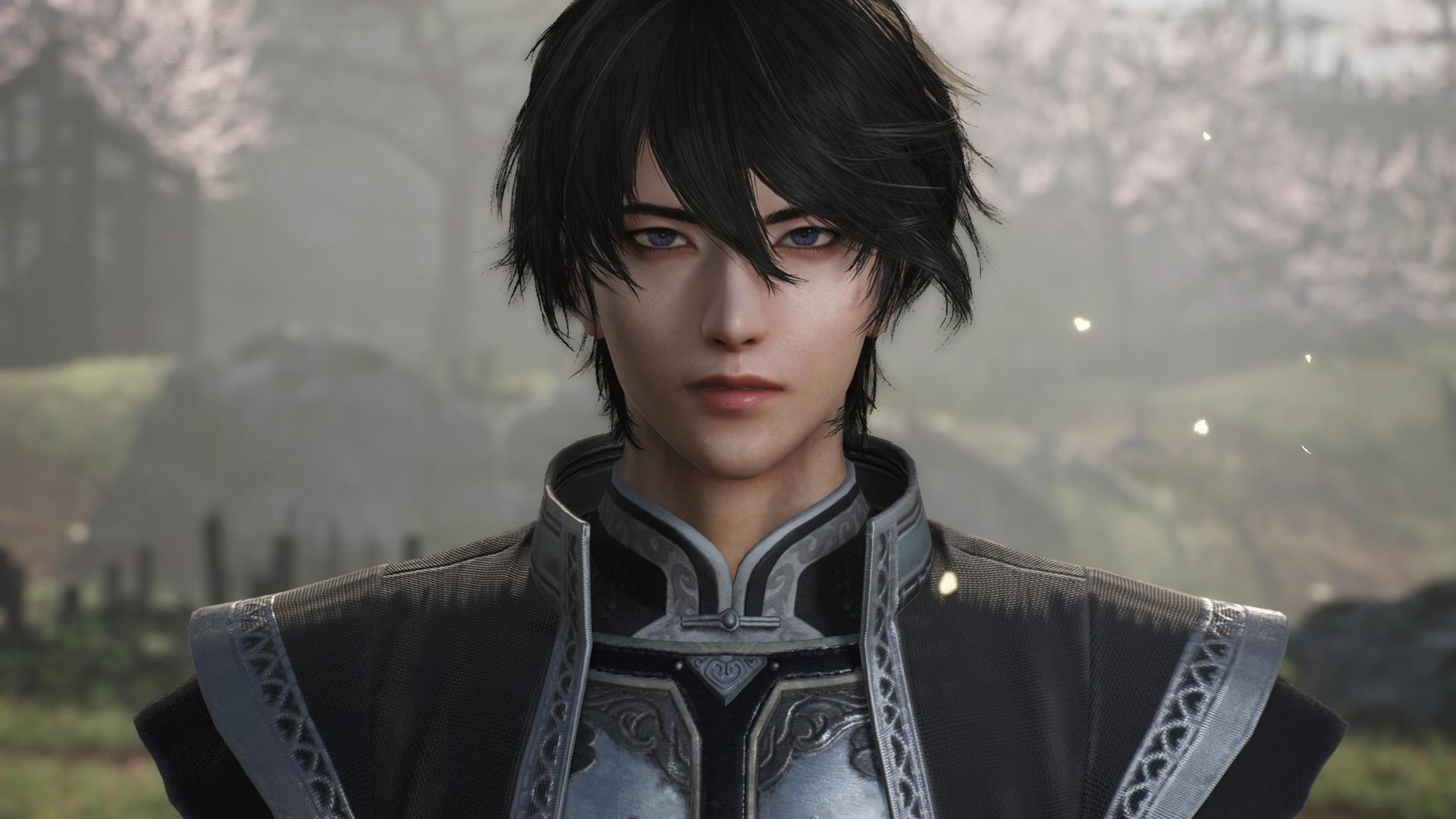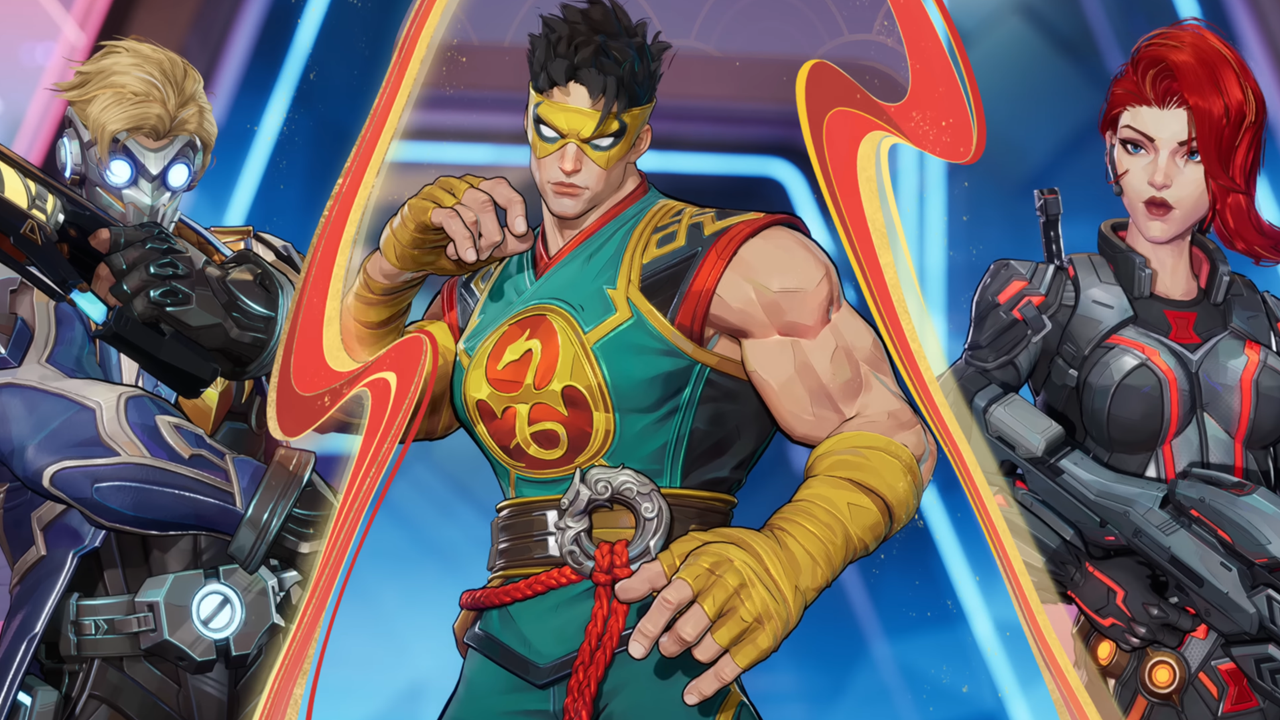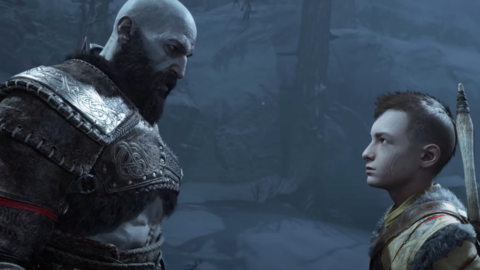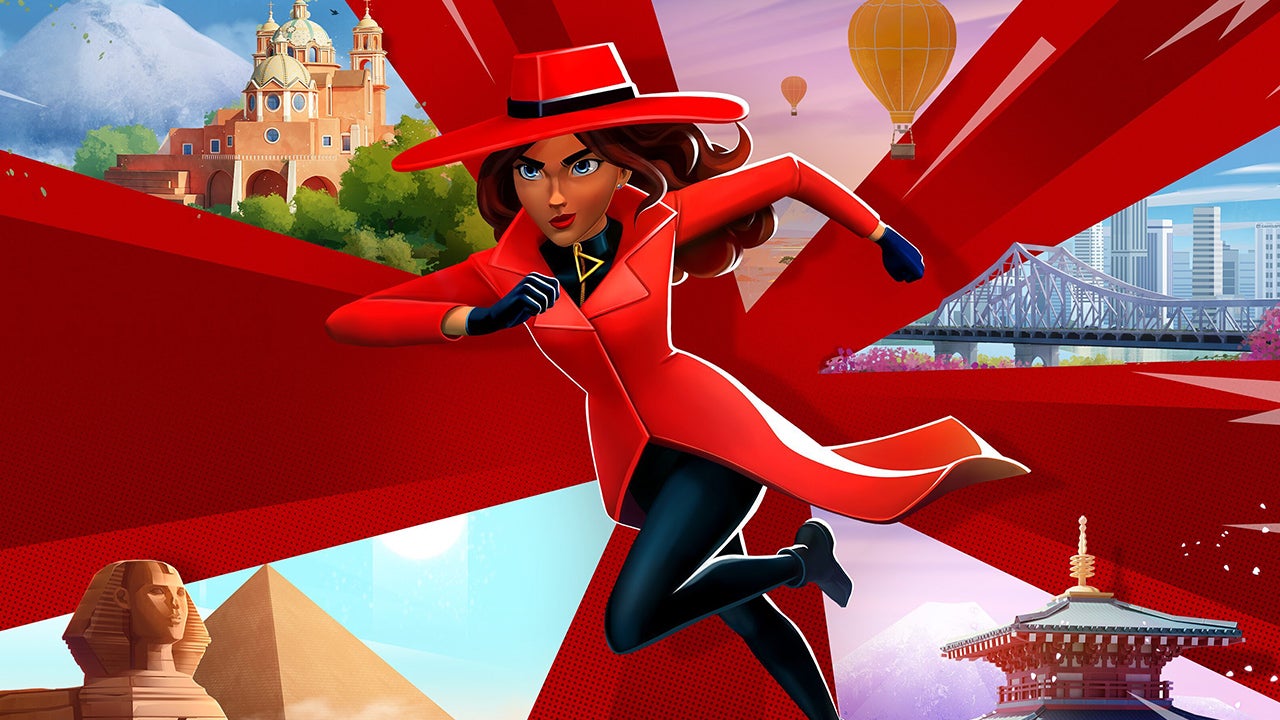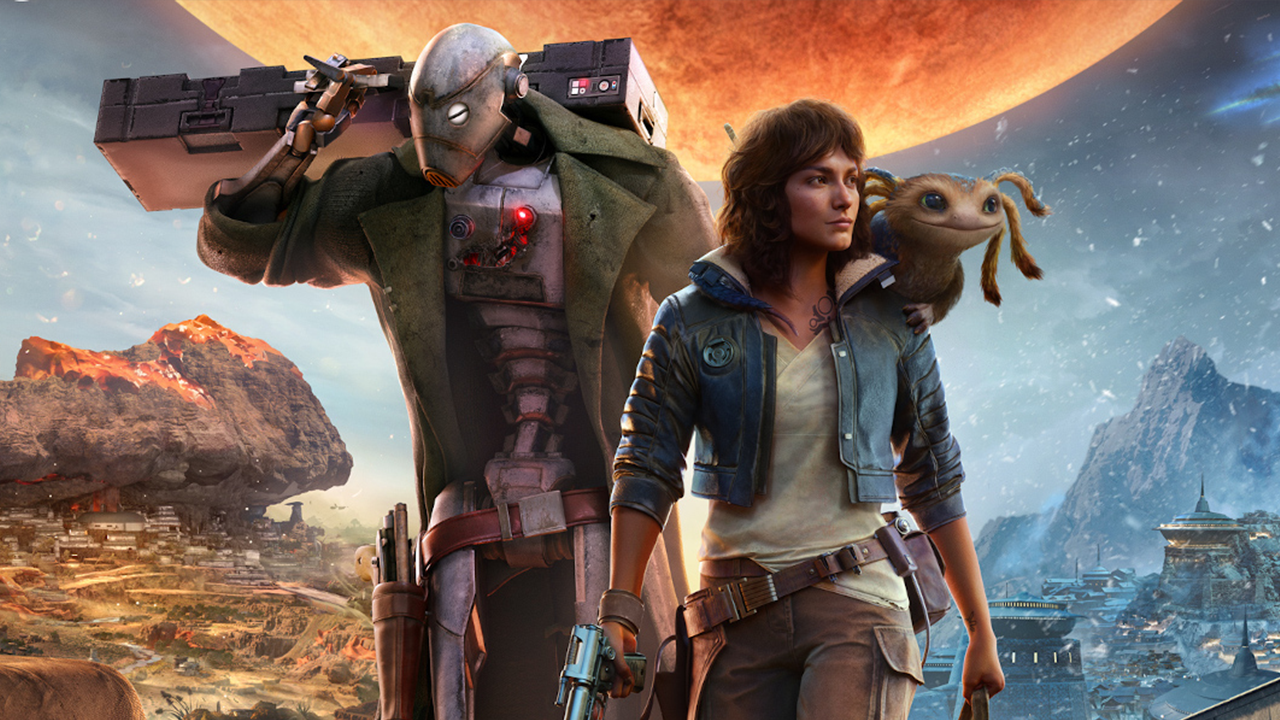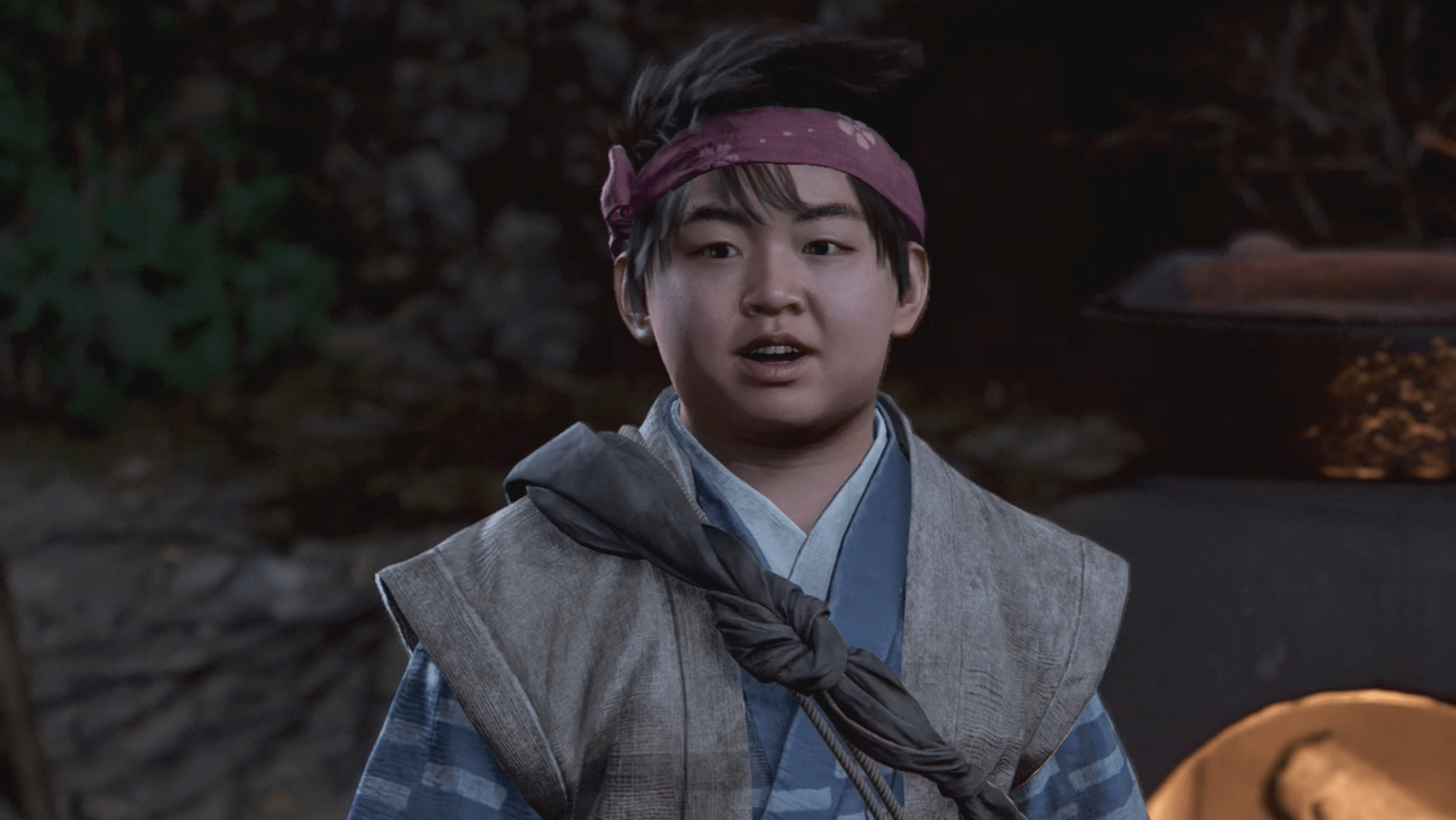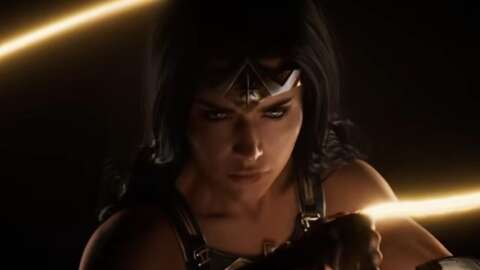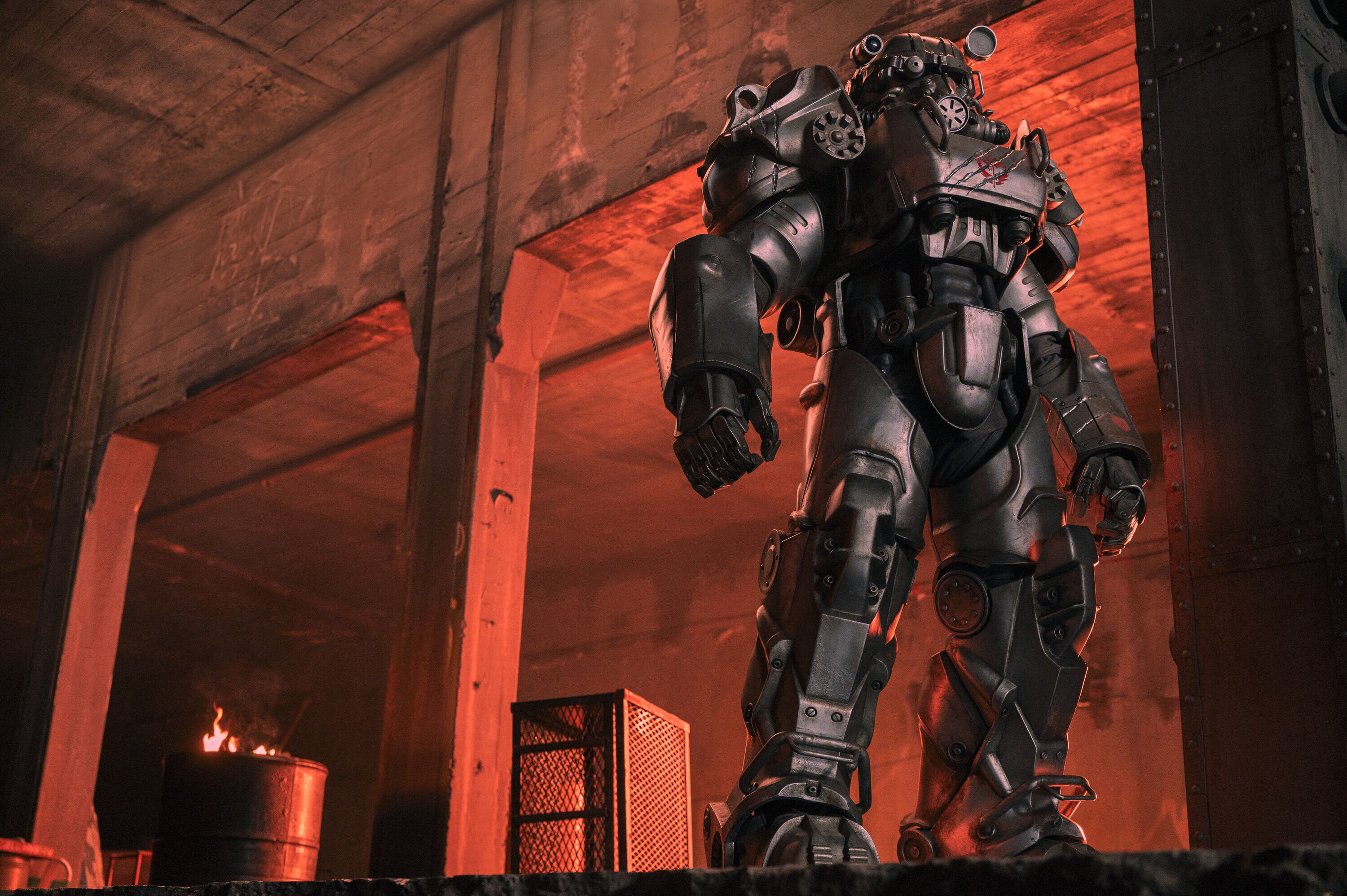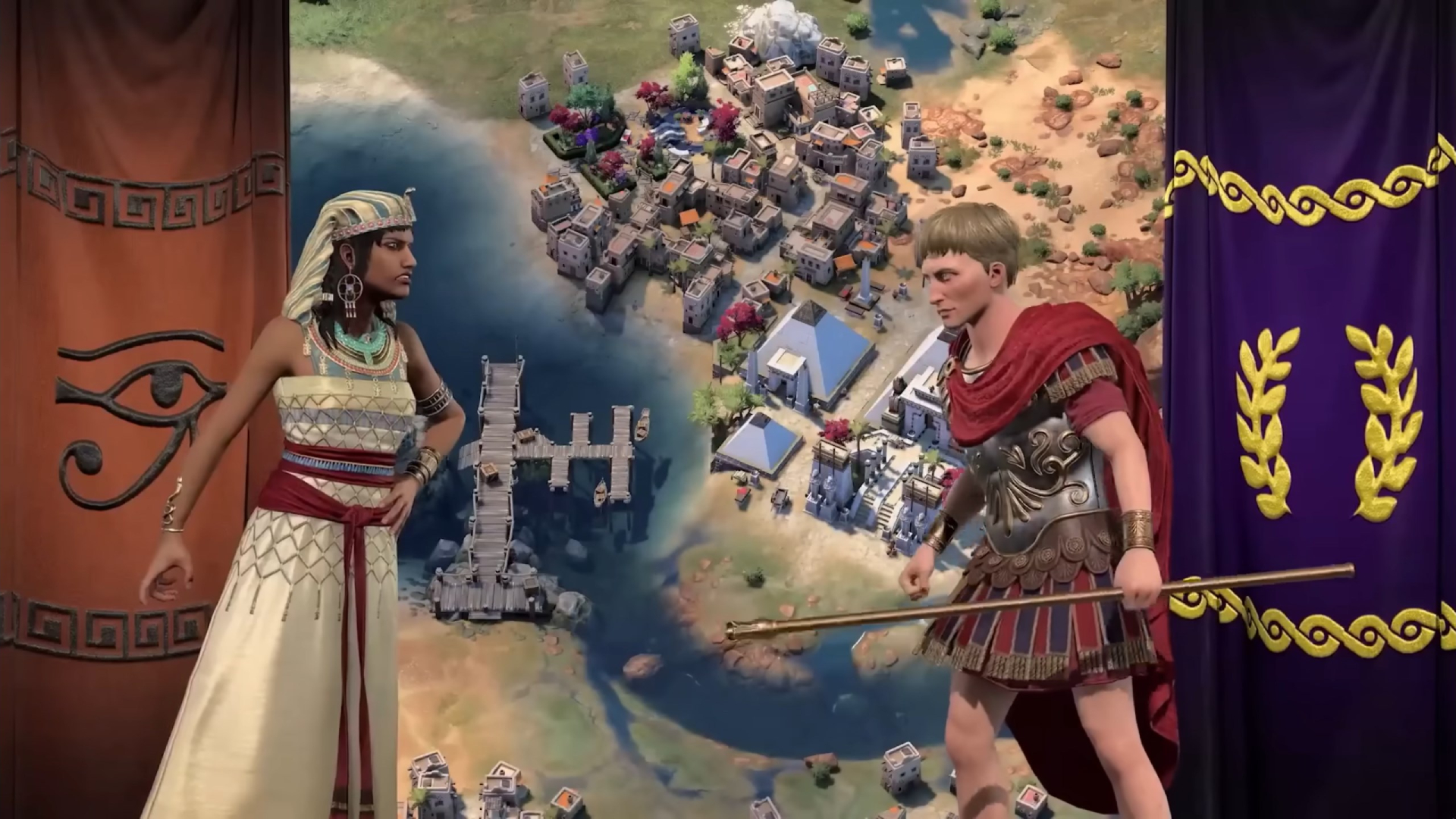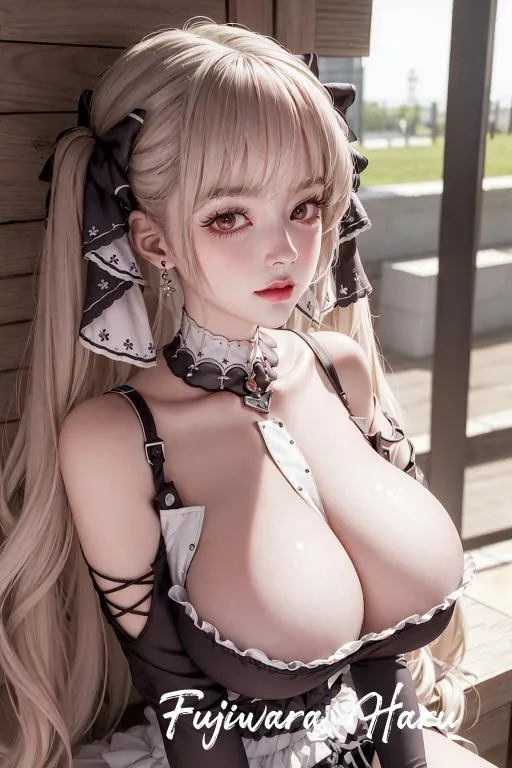
There was a particular moment just a few hours into my Dynasty Warriors: Origins playthrough when I felt that I was truly witnessing something special. I was at Hulao Gate, the imposing fortress that defended the pass to the capital of Luoyang. As the Anti-Dong Zhuo Coalition marched to a clearing, fully confident in their numbers, I waited with bated breath knowing what was about to happen. Suddenly, one soldier stammered, “I-it’s Lu Bu!”
The mightiest warrior in all of China had joined the fray, astride Red Hare, the fastest horse in the land. Lu Bu charged into the center of our army, red energy sparking from his halberd, his fierce mount barreling through our forces as he cast his musou, shattering the ground, killing hundreds of troops, and laying waste to allied generals left and right. Everyone was panicking and retreating, though some were like me, standing transfixed and marveling at the sight.
Then, Lu Bu rode across a mountain pass, only to be met by the Three Sworn Brothers: Liu Bei, Guan Yu, and Zhang Fei. Everyone knows that you shouldn’t pursue Lu Bu, but I decided to go against conventional wisdom to watch him face the Three Brothers in a grueling bout. Mind you, all of these events weren’t part of a cutscene; they all happened in the middle of a battle in real time.
This was just one of many fascinating aspects of Dynasty Warriors: Origins, the latest entry in Koei Tecmo’s long-running hack-and-slash series. However, I have some caveats that might cause consternation to fans of the franchise, as this game makes changes that are a clear departure from what those fans have become accustomed to for many years.
For the uninitiated, Koei Tecmo’s Dynasty Warriors franchise is based on Romance of the Three Kingdoms, or Sanguo Yanyi, a novel set during the fall of the Han dynasty, one that’s also considered a pillar of Chinese and East Asian literature. The video game series has been around since 1997, starting as a fighting game before evolving into a hack-and-slash extravaganza that eventually had a roster of over 90 characters.
The first and easily the most surprising change is that Dynasty Warriors: Origins has you playing as just one character: a mercenary named Ziluan, also known as the Wanderer. I could joke around and reference Sanguo Yanyi’s opening lines about how “the empire, long united, must divide,” or, in this case, how “the roster, long bloated, must shrink,” but I digress.
The point is that recent Dynasty Warriors titles included so many officers — as well as their sons, daughters, grandparents, in-laws, next-door neighbors, Uber Eats delivery guys, and uncles who work at Nintendo — that it’s become too tiresome to remember all of them.
Since Origins has only one playable character, the story is given enough room to breathe. As someone who’s enraptured by the novel’s events and the historical setting, going so far as to watch multiple film and TV adaptations of it and having joined a forum called the Scholars of Shen Zhou decades ago, I genuinely loved this new direction, since it also allows the spotlight to shine on more personages.

Dynasty Warriors: Origins’ narrative arc is structured wonderfully, beginning with the Wanderer’s identity and role as a Guardian with a mission to usher in peace by helping heroes from the shadows. From there, you meet numerous important leaders of the age, such as Cao Cao, Liu Bei, Sun Jian, and Yuan Shao, and subordinates like Xiahou Dun, Zhao Yun, Cheng Pu, and more. Many characters are depicted as young adults and 30-somethings, as even Guan Yu, the future God of War and Lord of the Magnificent Beard, is still in the process of growing his medium-length facial hair.
These officers, some of whom were portrayed in the most comical manner in previous titles, are fully fleshed out in Dynasty Warriors: Origins. The mystic Zhang Jiao, who was as kooky as a snake oil salesman in previous titles, is now a sympathetic rebel who regrets losing control of his own men. The tyrant Dong Zhuo, meanwhile, is still an evil despot, though he’s no longer portrayed as akin to a Saturday morning cartoon villain. Instead, his motivations align with his knowledge that the Han dynasty is crumbling and only those who hold power can survive.
The defining facets of other characters are still noticeable, too — Cao Cao’s ambition, Liu Bei’s benevolence, the Sun clan’s familial ties, Xu Chu being a simpleton, and Yuan Shu being incredibly inept — but these personality quirks aren’t so overt to the point of turning these individuals into walking and talking memes.
Moreover, as the Wanderer, I could visit various cities and locations on a beautiful and vividly colored map, which looks significantly better than the drab open world of Dynasty Warriors 9. One little tidbit I really found interesting is how certain features in regions changed as I progressed through the campaign. For example, Luoyang was inaccessible while it was controlled by Dong Zhuo, but I was able to pass through the aforementioned Hulao Gate once the city had been burned down by the tyrant. As I explored, I could also purchase weapons, upgrade gems, partake in skirmishes, read letters from people I had met, and introduce myself to a memorable cast of characters. These cutscenes further showcased various officers’ motivations and traits, somewhat similar to increasing relationship bonds in the Empires spinoffs.
Perhaps my only complaint here is that officers tend to become too enamored too quickly by the Wanderer, with brief meetings causing some to remark about how Ziluan is unforgettable and that he changed their lives. I get it: The Wanderer is so charming that he’d feel right at home as a member of a boy band. Still, that’s no reason for Diaochan, Sun Shangxiang, or Zhenji to act as though they’ve fallen for him, or for Lu Bu to talk about how his burning passion had been ignited. Some of these interactions straight-up bordered on fanfiction.

The most important part of any Dynasty Warriors game is the action, and Origins has this in spades. Initially, this can be seen in how brilliantly the campaign and battles are structured. The first two chapters are mostly linear, following the events of the Yellow Turban Rebellion and the Anti-Dong Zhuo Coalition, where the Wanderer joins various volunteer armies.
Then, during the third chapter, you’re asked to support one of the three main clans: Cao, Liu, or Sun. Your decision here leads to a branching path that affects succeeding missions in the fourth and fifth chapters. Finally, everything culminates in the massive Battle of Chibi/Red Cliffs/Huarong Pass, which serves as the game’s conclusion.
Make no mistake: Even with the shortened timeline — the campaign ends at the Battle of Chibi as opposed to, say, Wuzhang Plains or Jin’s conquest of Shu, Wei, and Wu — there are still plenty of battles. Similarly, the branching paths add a ton of replayability potential, which I liked. Upon finishing the campaign, I was able to replay missions that I had already completed to obtain new rewards, as well as restart from a certain point of the story to try the other faction arcs. Also, without spoiling too much, let’s just say that there were moments when I was able to alter the fates of certain officers, which unlocked hidden cutscenes.
Unfortunately, developer Omega Force’s attempts to expand the whole saga do hit a few snags, as several encounters just aren’t that interesting, turning entire portions of the campaign into tedious slogs. For example, in my original playthrough, I decided to side with the Sun family, which presented numerous bouts against Liu Yao, Liu Biao/Huang Zu, and the Shanyue Rebels. At times, I honestly felt that these could’ve been condensed into just four epic battles, as opposed to nearly a dozen that weren’t memorable and were downright repetitive. Conversely, when I tried Cao Cao’s arc, I was pitted against Lu Bu, Liu Bei, and Yuan Shao in a series of climactic engagements. (To be fair, the Sun clan/Eastern Wu played third wheel, novel-wise, to the brewing enmity between Cao-Wei and Shu-Han.)

Combat in Dynasty Warriors: Origins, meanwhile, is more fluid and frantic than ever before, with mechanics that not only make the game stand out from its predecessors, but also the entirety of the hack-and-slash genre. Chief among these refreshing features are the large forces, where you face hundreds or even thousands of troops in wide open areas. As you mash attack buttons to whittle down the number of enemy soldiers, you also need to be mindful of grand tactics that empower your rivals. Stymie their progress and your allies could counter with their own moves, which might grant you absolute dominance on the battlefield. I can’t stress this enough, but Dynasty Warriors: Origins made me feel like a true hero fighting against all odds.
In addition to the above, you gain access to all sorts of weapons, such as swords, spears, twin pikes, crescent blades, staves, and even a trusty halberd (post-campaign completion). Each weapon has its own array of combo moves and skills, from a flurry of stabs and spinning swipes to unique musou ultimates that decimate entire squads. Furthermore, you’re aided by bodyguards, whom you can order around to activate their own tactics, including army buffs, fire arrows, and devastating charges. Similarly, there are a few instances in which you’re able to engage in duels, where victory could bolster your army’s morale.
Fighting against enemy generals is also not for the faint of heart, since in these moments, Dynasty Warriors: Origins feels more akin to a Soulslike game. Whenever I took on tough, larger-than-life opponents like Lu Bu, Zhang Liao, Gan Ning, Guan Yu, and others, I had to be mindful of when to parry or perfectly dodge. Conversely, I could use special arts, which are meant to effectively counter some abilities. I could then follow up with the aforementioned weapon skills, breaking a foe’s guard and using an assault strike to finish them off. The fluidity in terms of character movement and animations looks nothing short of spectacular, similar to the gracefulness seen in wuxia or Chinese martial arts.
Exemplary combat mechanics are further complemented by terrific performance. My PC has an Intel i9-10900K CPU, Nvidia GeForce RTX 3080 GPU, and 32 GB of RAM, and I was able to play at the highest settings at 4K resolution, experiencing stable frame rates with nary a drop or slowdown, even when there were countless units on my screen.

There’s one facet with regard to combat and battles that’s bound to cause consternation, though, and it’s something I mentioned earlier: The Wanderer is the only playable character. While it’s true that the Wanderer can be joined by a select few companions from other factions, including Zhang Liao, Sun Shangxiang, and Zhang Fei, they can only be controlled briefly upon filling up their respective gauges. Going from over 90 playable characters in previous titles to just one is a huge disparity that can take a while to get used to. Personally, I didn’t mind it as much since the story already kept me engaged, but it’s bound to be an important factor for some veterans of the series.
Lastly, a recurring Dynasty Warriors issue, that of awful AI-controlled generals, rears its ugly head once again. I experienced instances when lords and officers almost had no survival instincts, advancing without a care in the world and causing me to run back and forth to babysit them.
All in all, Dynasty Warriors: Origins, without a doubt, still captures the essence of the tumultuous time period that saw the fall of the Han dynasty and the rise of rival warlords. For the first time in a long while, the franchise has an entry that makes you feel like you’re truly part of the action, a lone hero against a thousand hostiles. As someone who has played numerous Dynasty Warriors games and spinoffs over the years, it’s rare for one of these titles to surprise me, but Origins has managed to astonish me many times over in my 35-hour playthrough, thanks to a slew of new features, admirable presentation, and bold changes.
Let’s just hope that any planned expansions or Xtreme Legends/Empires spinoffs wouldn’t have too many repetitive battles, given what I experienced when I picked the Sun clan in my initial playthrough. Lord knows no one wants to see Zhuge Liang fight and capture Meng Huo in seven separate missions.
Dynasty Warriors: Origins will be released on Jan. 17 on PlayStation 5, Windows PC, and Xbox Series X. The game was reviewed on PC using a pre-release copy provided by Koei Tecmo. Vox Media has affiliate partnerships. These do not influence editorial content, though Vox Media may earn commissions for products purchased via affiliate links. You can find additional information about Polygon’s ethics policy here.
Source:https://www.polygon.com/review/507137/dynasty-warriors-origins-review-pc-xbox-ps5